Payload | 6kg |
| Structure | Articulated |
Axes | 4 |
| Reach | 1000mm |
| Weight | 230kg |
Application | Materials handling, parts transfer, palletizing, deburring &cutting |
Special Service | 1. We can customize the standard color as you need! |
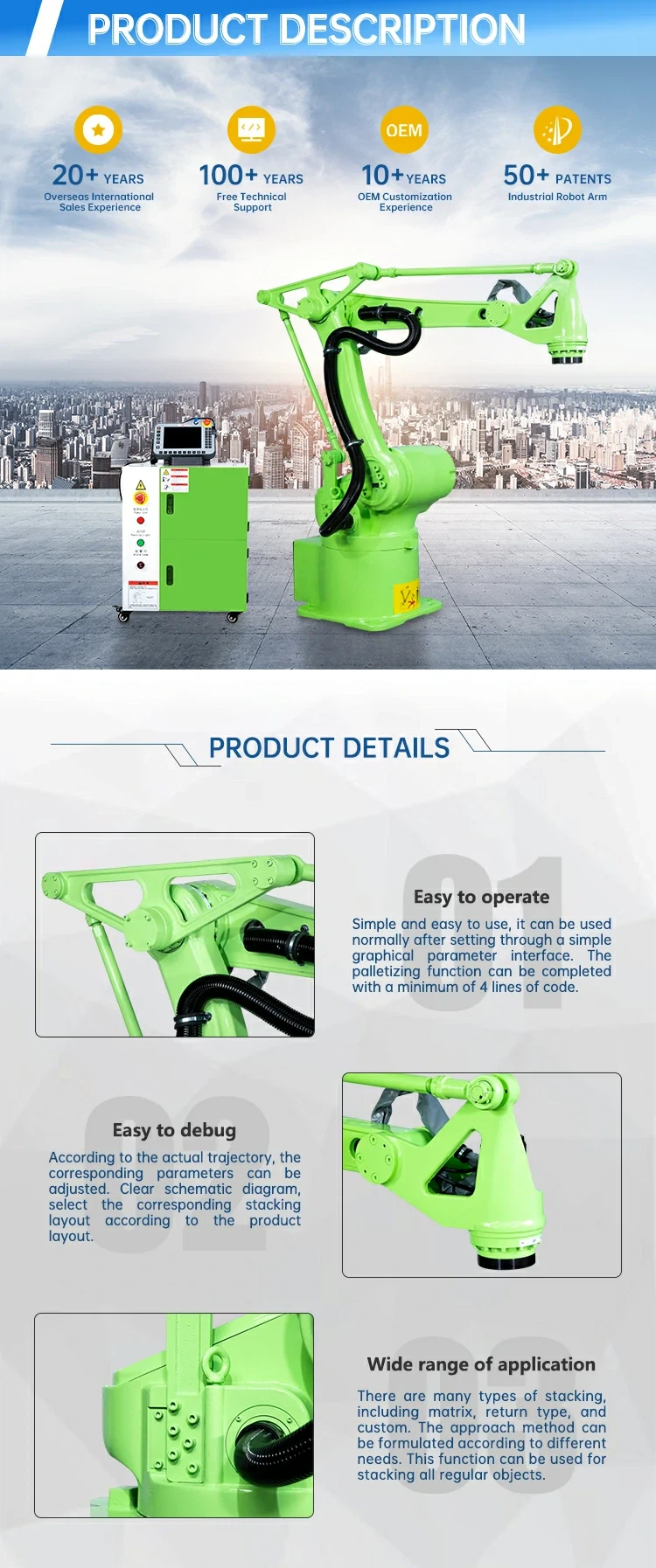
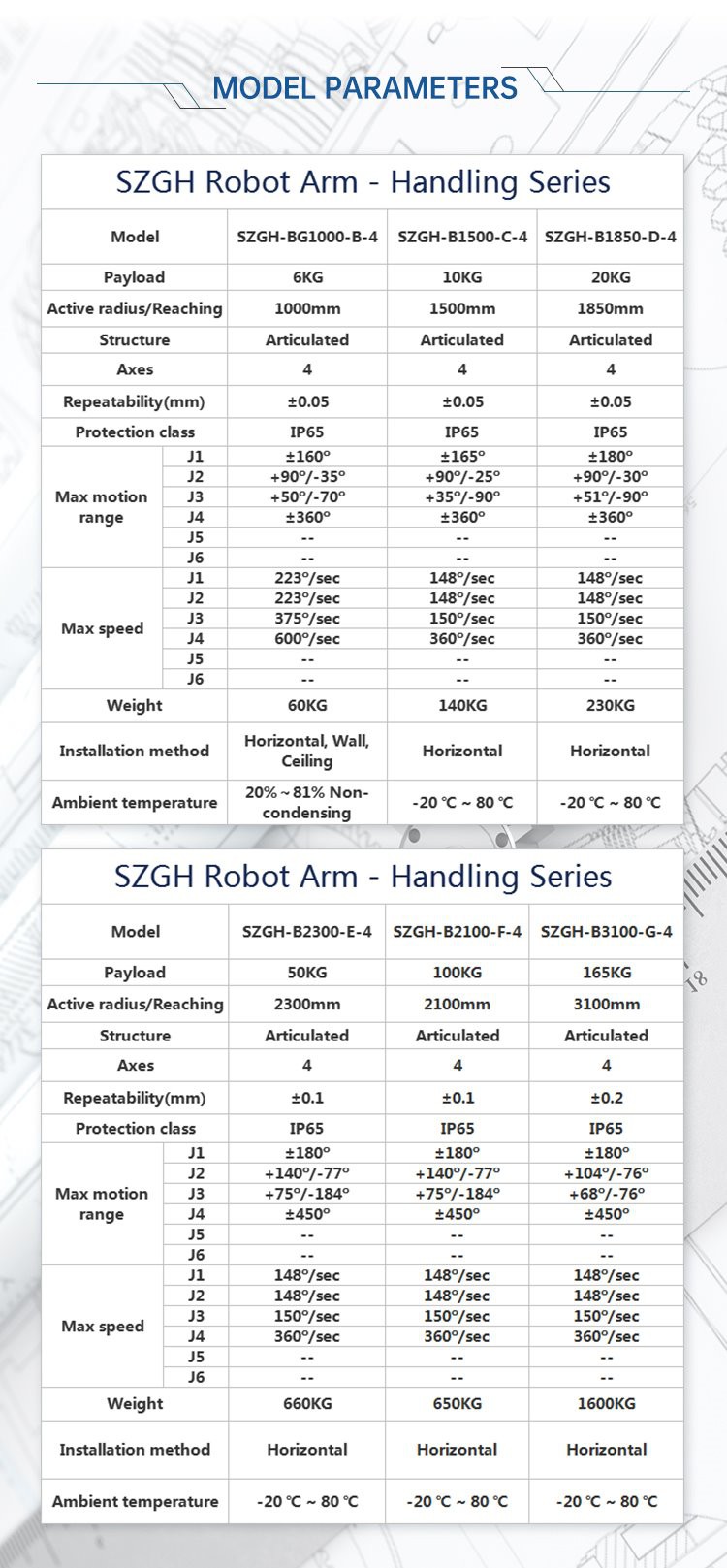
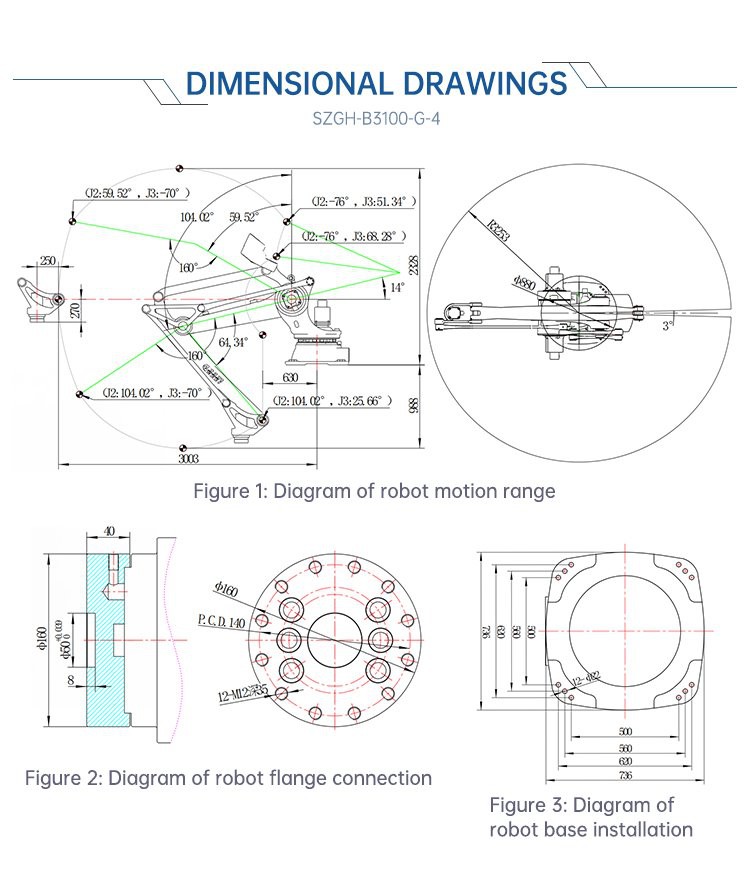
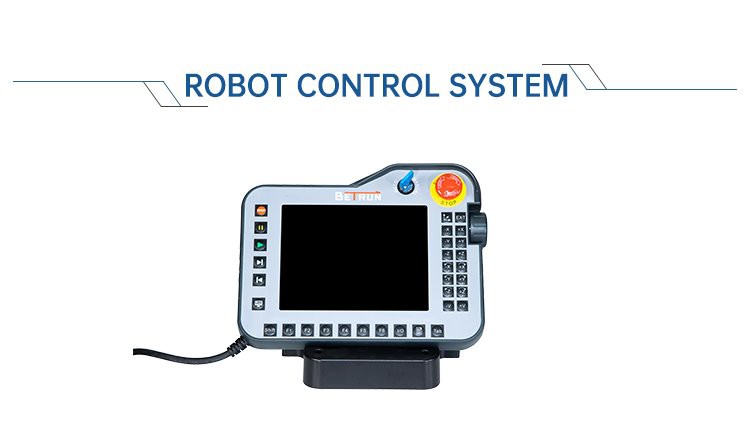
Robot controller systems:
1) Open structure for synchronization of international technology and extension of functions. Industrial standards & reliable stability.
2) Software PLC functions facilitate logic control. Process functions make programming easy.
3) Suitable for multiple increments; absolute servo. Improved computer bus connection ensures reliability and practicability.
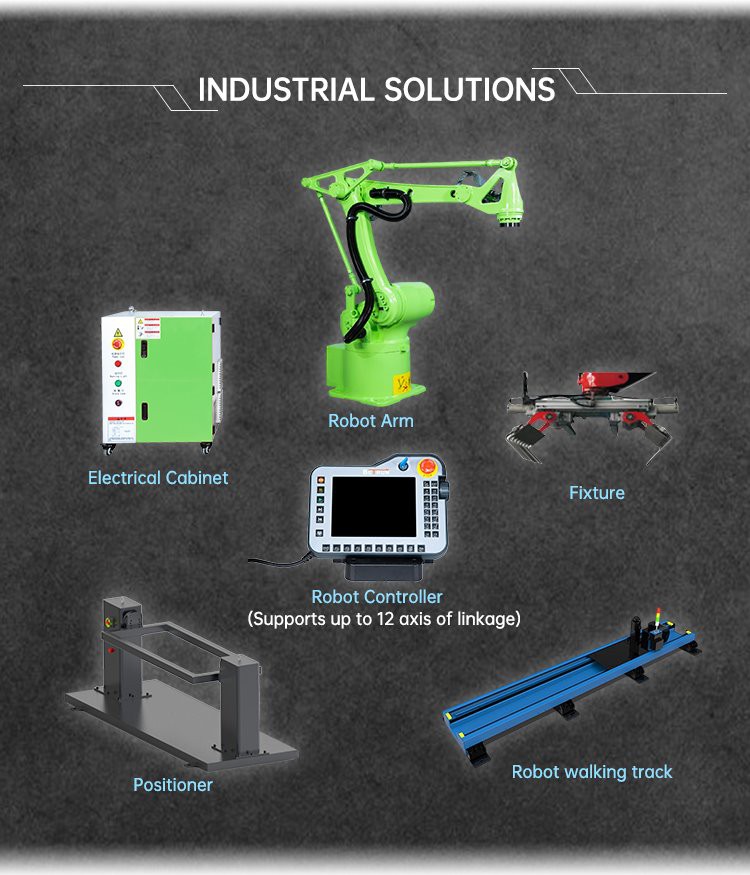
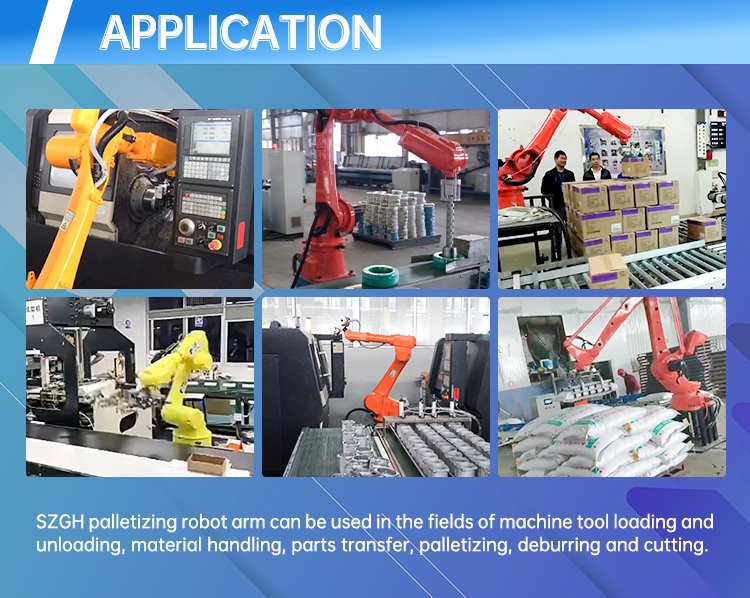
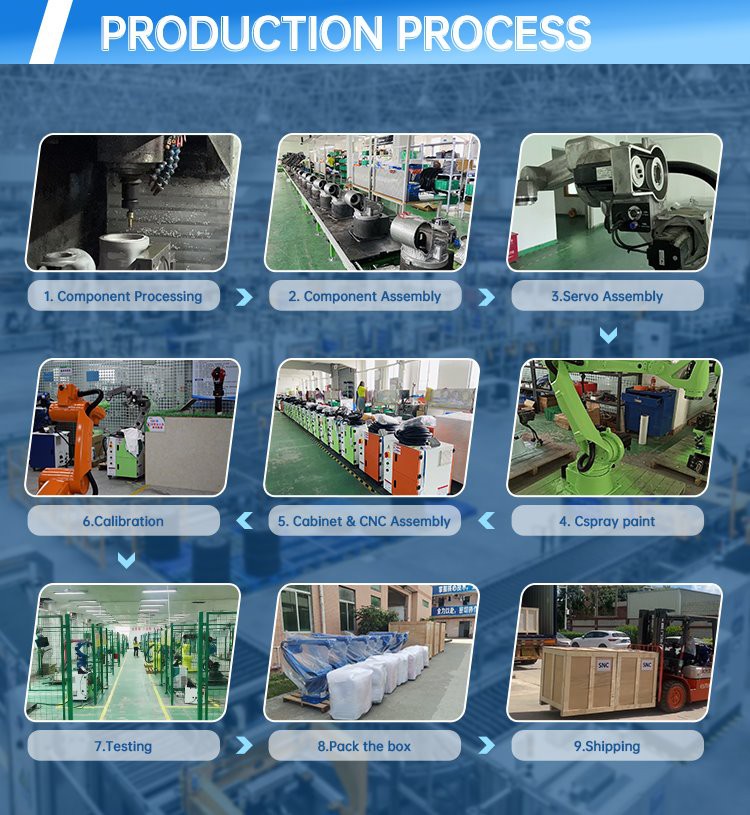
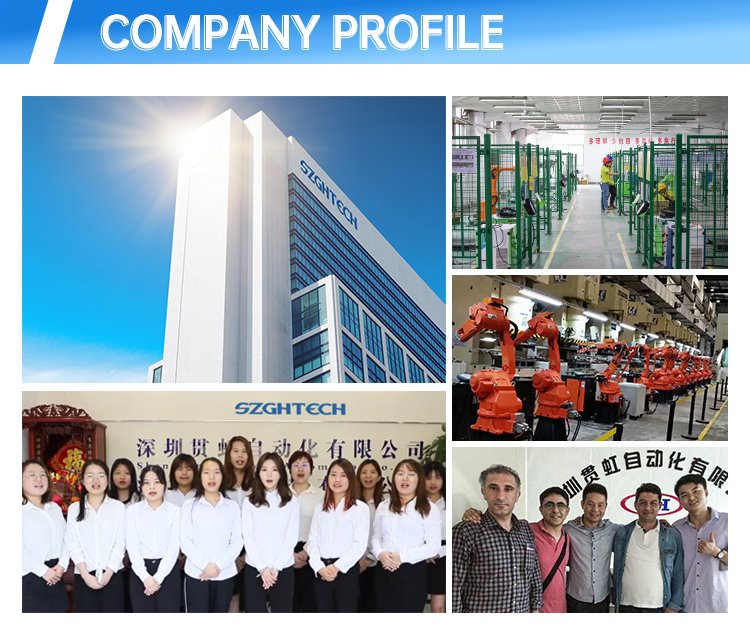
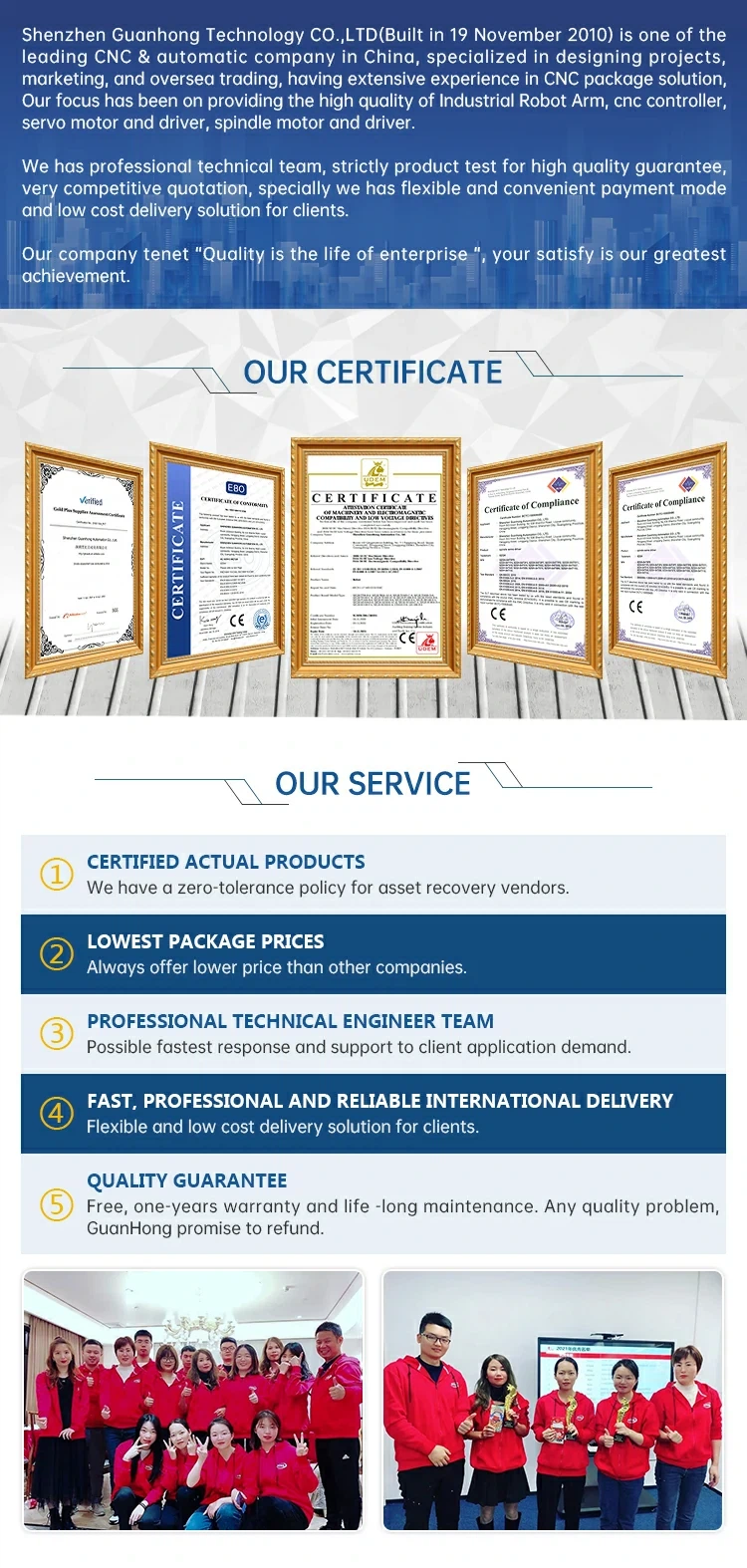
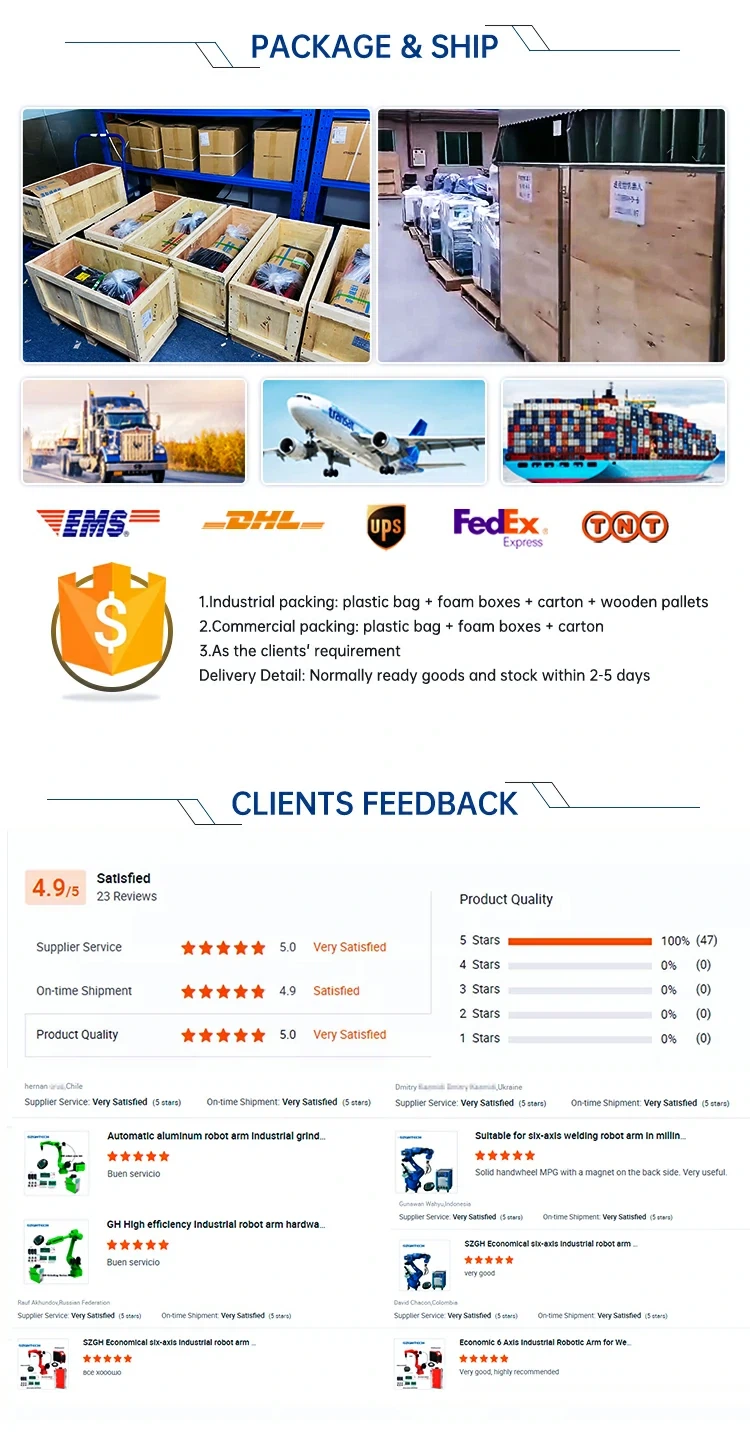
FAQ
Q1. What is your MOQ? A: 1 set.
Q2. How long about your lead time? A: Our product preparation time is about 7-15 days. If we have robot in stock, we can send out immediately.
Q3. What is your terms of payment? A: Payment <= 5000USD, 100% in advance. Payment >10000USD, 50% T/T in advance, balance before shippment.
If you have another question, pls feel free to contact us as below.






